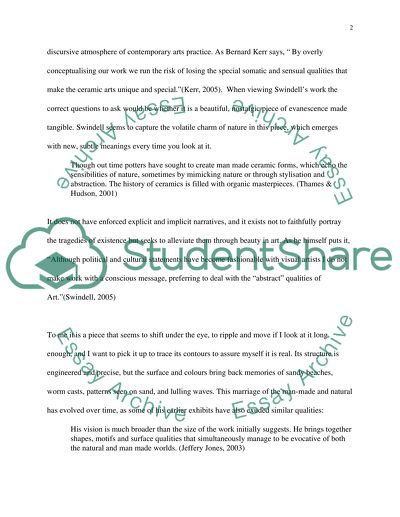Cite this document
(“Ceramics Art Essay Example | Topics and Well Written Essays - 1000 words”, n.d.)
Retrieved from https://studentshare.org/architecture/1504736-ceramics-art
Retrieved from https://studentshare.org/architecture/1504736-ceramics-art
(Ceramics Art Essay Example | Topics and Well Written Essays - 1000 Words)
https://studentshare.org/architecture/1504736-ceramics-art.
https://studentshare.org/architecture/1504736-ceramics-art.
“Ceramics Art Essay Example | Topics and Well Written Essays - 1000 Words”, n.d. https://studentshare.org/architecture/1504736-ceramics-art.


